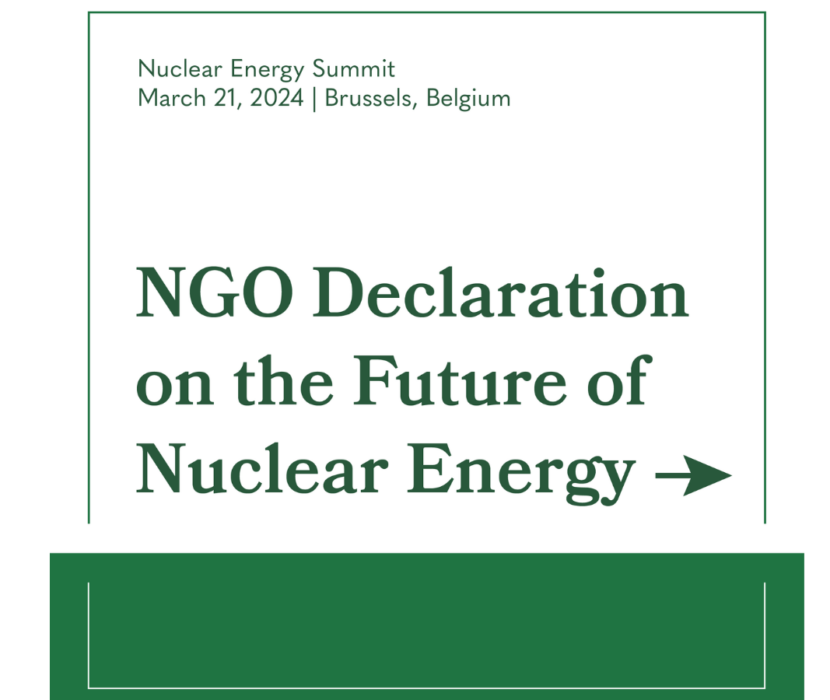
On September 28, EFI Foundation Executive Vice President Melanie Kenderdine gave keynote remarks on the U.S. energy market, the clean energy transition, offshore wind power, and critical minerals at Breakbulk Americas 2023, a trade event for the project cargo and breakbulk industry, in Houston, Texas. Breakbulk events celebrated Kenderdine as the first female keynote speaker at a Breakbulk event. In a two-part interview at the event, she spoke about some of the takeaways from her talk.
Kenderdine said it is important to meet climate goals in the United States and globally while ensuring energy security. The United States has a goal to reach net-zero emissions by 2050, and Kenderdine said we need thoughtful, sequenced policies to achieve this target while maintaining a resilient energy system. She referenced that Europe was left without a natural gas supply last year due to the Russian invasion of Ukraine, which lead to an energy crisis.
“Climate is huge issue, but we need to worry about energy security as well,” Kenderdine said. “We need to transition our energy systems to clean energy systems, but we need to be very smart about it. …”
Offshore wind was also a major topic of Kenderdine’s keynote presentation. President Biden has set a goal to deploy 30 gigawatts (GW) of offshore wind by 2030, which Kenderdine said is currently a huge driver of offshore wind development in the United States. Kenderdine used New England as an example of an area that is quickly moving forward with the implementation of offshore wind. The winds off the coast of New England make this area a good candidate for wind energy. Offshore wind provides a solution for areas along the U.S. coasts, like New England, that are space constrained.
To achieve the president’s goal of 30GW of offshore wind by 2030, the National Renewable Energy Technology Laboratory estimates the United States will need to invest $22.4 billion. Kenderdine pointed out that 51% of that investment will need to go to upgrading the infrastructure of ports and vessels to be able to accommodate this new development. Offshore wind turbines are very large, and the ports and vessels that handle and transport the large size and weight of the parts. These turbines can be nearly as tall as the Eiffel Tower, which Kenderdine used as a visual example during her presentation. Due to their size, she suggested that turbine parts should be produced nearby to reduce transportation issues.
“You also need to think about production facilities of the wind turbine blades,” Kenderdine said. “They need to be near the ports because you can’t transport them on the roads.”
The clean energy transition will require a range of metals, but historically, Kenderdine said the mining industry does not have a good environmental record. Both onshore and offshore wind use a lot of copper, and Kenderdine stressed we will require a way to mine it in an environmentally friendly way.
“We have LEED standards for buildings. … How about a LEED standard for mines?” Kenderdine asked. “That’s a good carrot, not a stick, for the mining industry and a differentiator that environmentally responsible mining industry players could use.”
Watch part one and part two of the interview.
-Callyn Bloch, Communications Fellow
(Share this post with others.)




